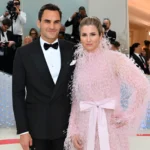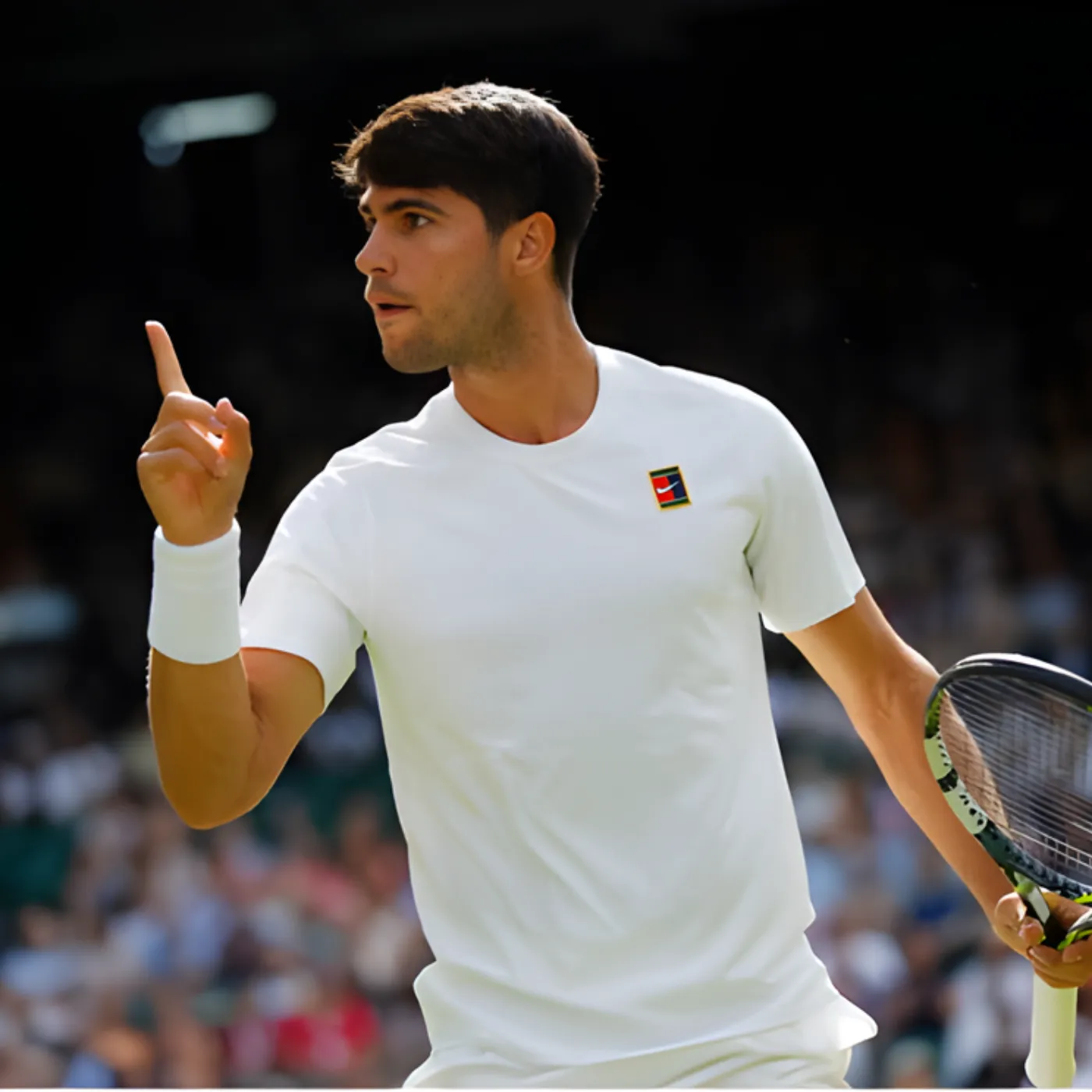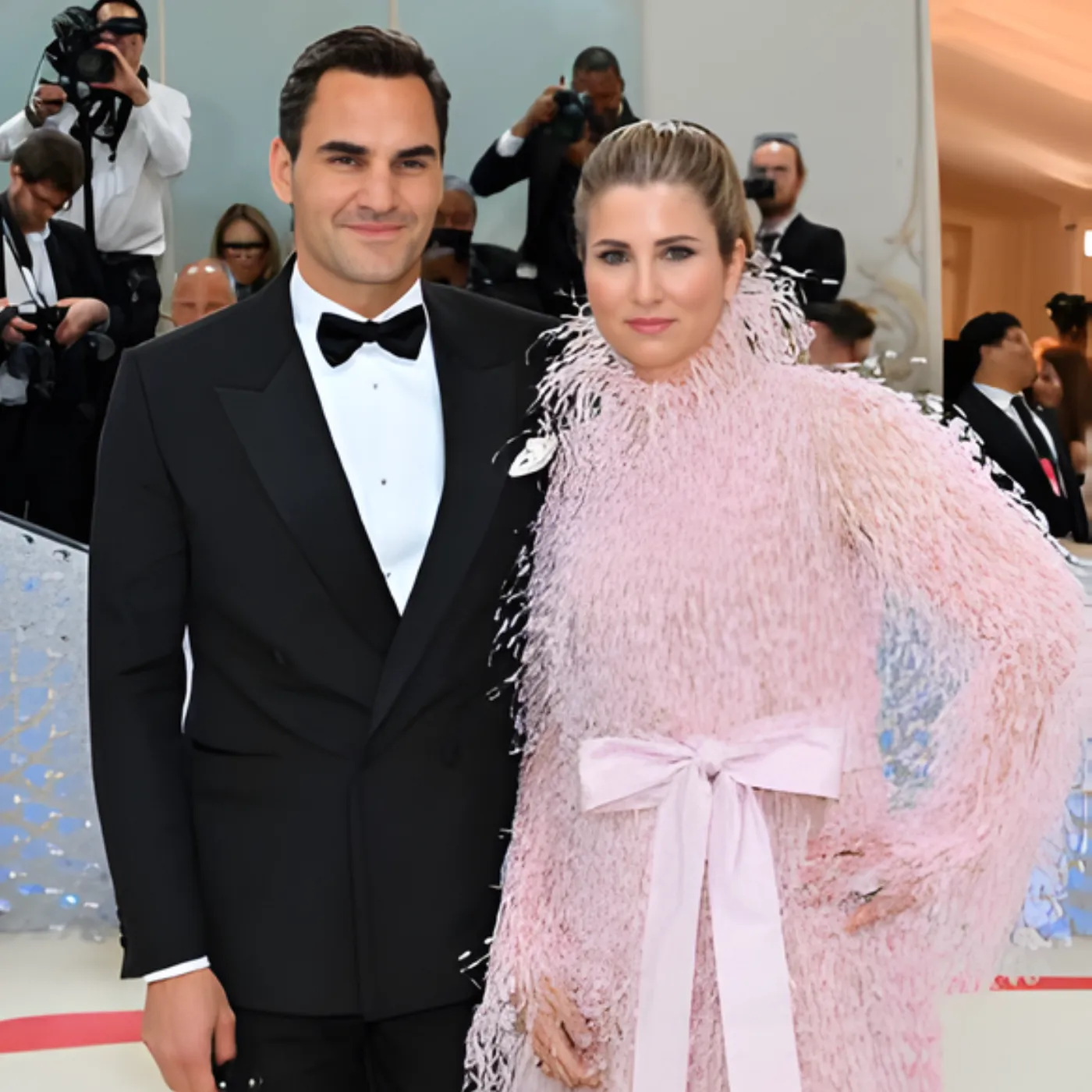
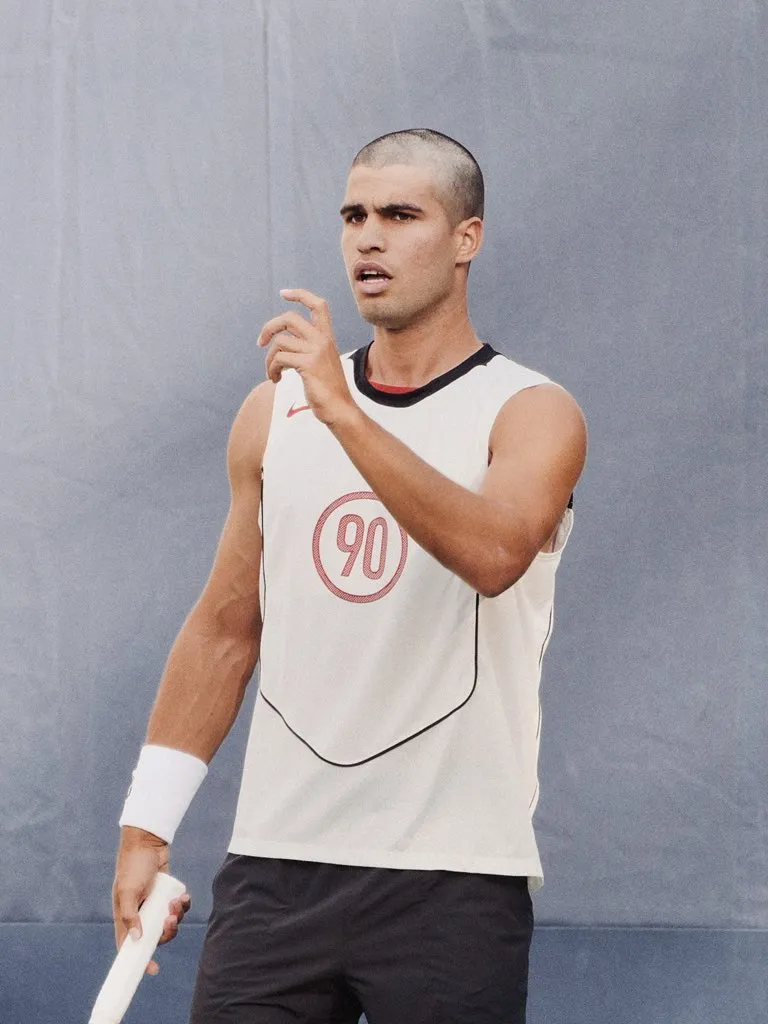
Carlos Alcaraz Just Made the US Open a Fashion Moment with His Daring T90 Choice
The US Open has always been more than just a tennis tournament. It is a cultural spectacle, a stage where sport intersects with entertainment, fashion, and personality. This year, all eyes turned not only to the court but also to the bold choices made by rising superstar Carlos Alcaraz, who continues to redefine what it means to be a modern tennis champion. His decision to wear the Nike T90-inspired kit stunned the audience and instantly transformed his match into a conversation about style, individuality, and the ever-growing connection between fashion and sport.

The Symbolism of the US Open Stage
When athletes arrive at the US Open, they are not simply competing for points or titles. They are stepping onto one of the world’s most prestigious stages, broadcast globally and scrutinized by millions of fans. From Serena Williams’ iconic catsuit to Roger Federer’s sleek Uniqlo ensembles, fashion at Flushing Meadows has long carried cultural significance. For Alcaraz, still just in his early twenties yet already a Grand Slam champion, his daring T90 choice was more than an outfit—it was a declaration of confidence and identity.
Alcaraz’s Bold Decision
The T90 design, inspired by Nike’s legendary line of football boots, is not something one would expect to see on a tennis court. Its bold colors, sharp accents, and fearless athletic vibe break away from the traditional whites and conservative styles often associated with tennis. By stepping onto Arthur Ashe Stadium in this kit, Alcaraz proved he is not afraid of merging sports cultures, pushing boundaries, and embracing the theatrical side of competition.
What makes this moment especially striking is the fact that Alcaraz is still carving out his public image. Unlike seasoned veterans who have already solidified their legacy, the young Spaniard is still experimenting, still discovering who he is both as a player and a personality. His choice reflects a desire not only to dominate on the court but to resonate with audiences beyond it.
The Blend of Performance and Personality
At its core, tennis fashion has always walked the fine line between functionality and expression. Players need breathable, lightweight materials designed for grueling rallies, but they also crave individuality in a sport where mental edge often makes the difference. Alcaraz’s T90 look embodied this duality. The kit allowed him to perform at the highest level, but it also communicated an unspoken message: that he is not afraid to stand out, to challenge tradition, and to bring a youthful energy that disrupts the expected.
By making this decision, Alcaraz joined a lineage of players who have used fashion as a form of storytelling. From Andre Agassi’s neon shorts in the 1990s to Naomi Osaka’s bold collaborations with luxury brands, the sport has a long history of athletes who blur the line between athletic competition and runway spectacle. Alcaraz’s daring moment demonstrates that he is ready to take up that mantle, using clothing as an extension of his competitive spirit.
Reactions from Fans and Critics
As with any bold fashion statement, the reactions were mixed, but they were never indifferent. On social media, fans praised Alcaraz for injecting freshness and audacity into the often rigid world of tennis attire. Commentators noted how the design captured the essence of youth culture, blending the passion of football with the precision of tennis.
Of course, some traditionalists were quick to criticize the choice, arguing that tennis should preserve its classic aesthetic. Yet this very tension is what makes the moment so powerful. Alcaraz is forcing the sport to confront its own identity: is tennis a game bound by tradition, or is it a global phenomenon open to innovation and reinvention?
A New Era of Athlete Branding
In today’s sports culture, athletes are not merely competitors; they are brands. Every decision, from sponsorships to clothing, becomes part of a larger narrative that shapes how they are perceived. With his T90 outfit, Alcaraz demonstrated a keen awareness of this dynamic. He is not content with being known solely for his explosive forehand or his relentless stamina. He wants to be recognized as a figure who embodies the creativity, boldness, and fearlessness of a new generation.
This is particularly significant given the shifting landscape of men’s tennis. With Roger Federer retired, Rafael Nadal nearing the twilight of his career, and Novak Djokovic carrying the mantle of experience, the sport is hungry for a fresh face to define its next chapter. Alcaraz, with his combination of athletic brilliance and cultural awareness, appears poised to step into that role. His fashion choices are part of a broader strategy to craft an identity that extends beyond the baseline.
The Intersection of Football and Tennis
Perhaps the most fascinating element of the T90 moment is the cross-pollination of sports cultures. Football and tennis have long occupied separate worlds—one is the global game of the masses, the other a historically elite pursuit. By channeling the aesthetic of football boots in his tennis attire, Alcaraz blurred that boundary, creating a cultural bridge that resonates with younger audiences who do not see these sports as rivals but as complementary expressions of athletic artistry.
This blending of influences mirrors broader trends in fashion, where streetwear now collides with high fashion, and athletic apparel has become a form of everyday self-expression. In wearing the T90 design, Alcaraz was not just paying homage to football; he was participating in a global conversation about the fluidity of identity, culture, and style in the twenty-first century.
Fashion as a Mental Weapon
Beyond aesthetics, fashion can serve as a psychological weapon in sports. When Alcaraz stepped onto the court in his daring outfit, he was making a statement not just to fans but also to his opponents. The message was clear: he is fearless, confident, and unafraid of breaking the mold. In a sport where mental warfare often dictates outcomes, such gestures can tip the balance before a ball is even struck.
Opponents know they are facing not just a physical powerhouse but also a player who thrives on energy, attention, and spectacle. That confidence radiates across the net, creating an aura that can be as intimidating as any forehand winner.
The Future of Tennis Fashion
The ripple effect of Alcaraz’s daring choice will likely be felt for years. Tennis brands, ever alert to cultural shifts, may take inspiration from this moment, experimenting more boldly with designs that appeal to younger fans. The US Open, already the most fashion-forward of the four Grand Slams, could become an even greater platform for style statements, pushing players and designers to collaborate in new ways.
For Alcaraz himself, this is just the beginning. His T90 look is unlikely to be a one-off moment; rather, it signals a willingness to use fashion as part of his broader identity. As he continues to grow in stature, we can expect more bold choices that keep fans guessing and critics debating. In a world where image and performance are inseparable, Alcaraz understands that every detail counts.
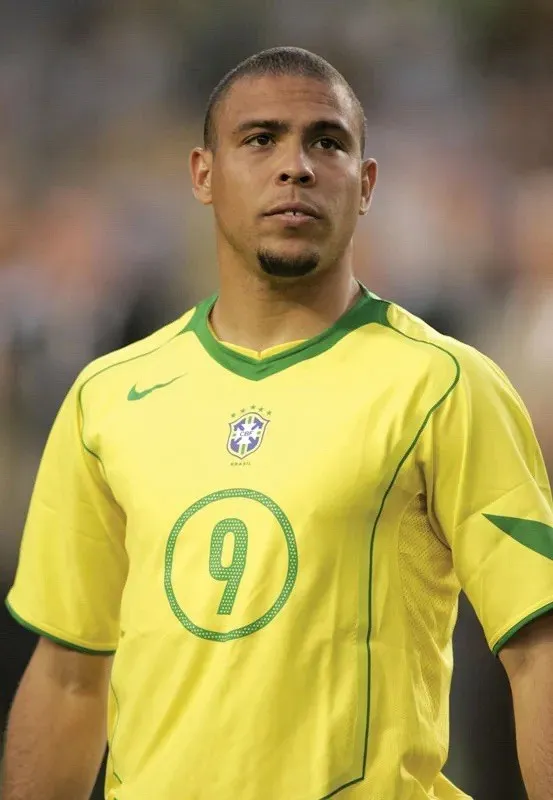
A Cultural Turning Point
In the end, Carlos Alcaraz’s T90 moment at the US Open was more than a headline—it was a cultural turning point. It showed how a young athlete can use fashion not as an accessory but as a central element of storytelling. It proved that the sport is evolving, that the boundaries of tradition are being tested, and that the next generation of players will be defined as much by their charisma and creativity as by their statistics.
The US Open has always been about intensity, drama, and history-making performances. But in 2025, it also became about a fashion statement that echoed far beyond the court. Carlos Alcaraz, with his daring choice, reminded the world that tennis is not only about forehands and backhands—it is about identity, courage, and the power of self-expression.


